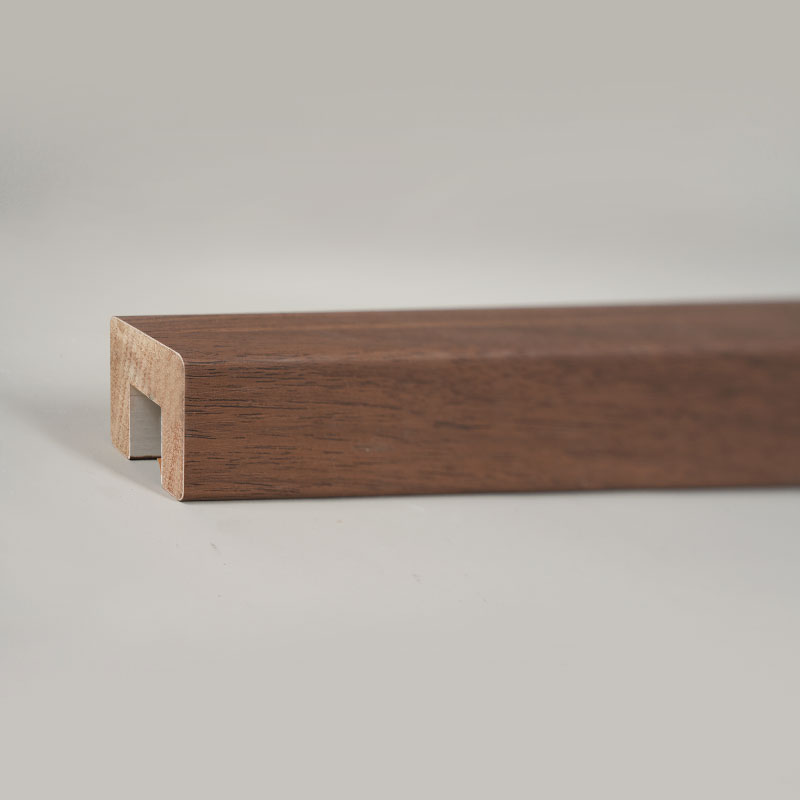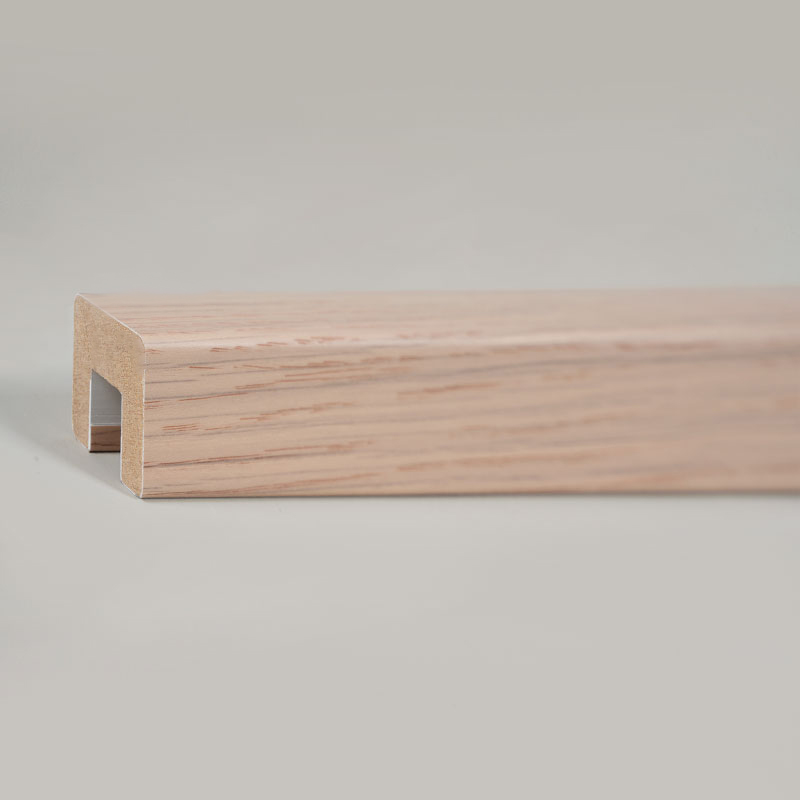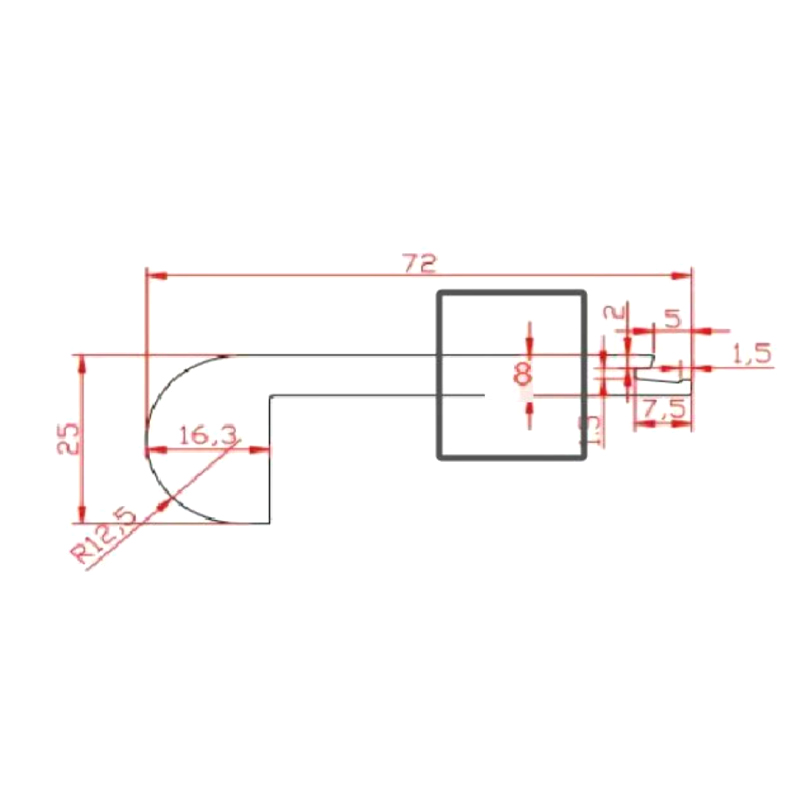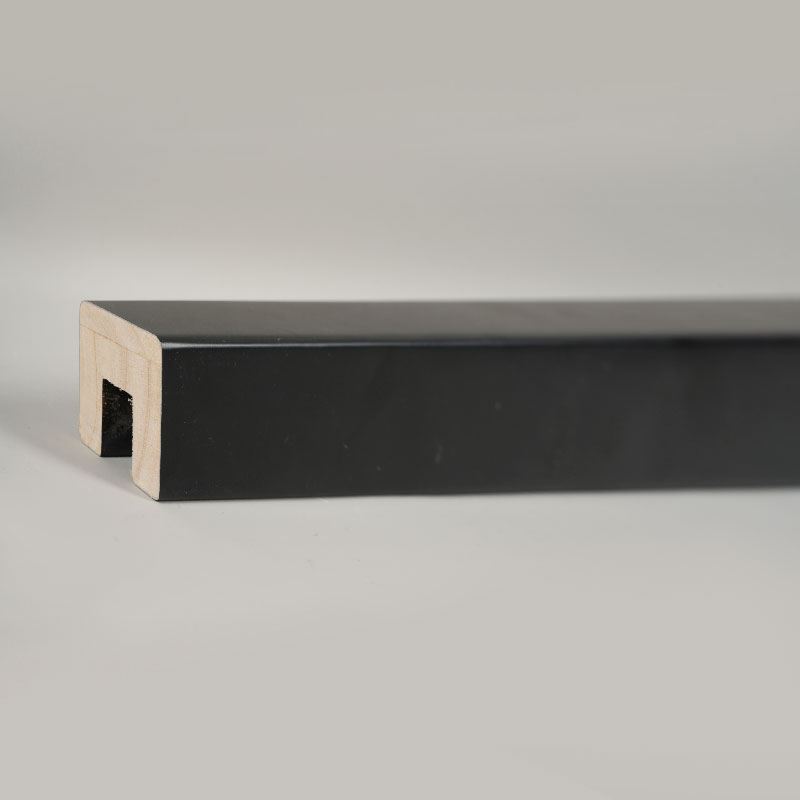Your Ultimate Guide to Indoor Stair Railing Selection
Embarking on a home renovation journey brings both excitement and a multitude of decisions, none more critical than selecting the right indoor stair railings. This element is far more than a simple safety feature; it is a central design statement that can define the character and flow of your home. A well-chosen railing enhances the architectural integrity, contributes to the overall aesthetic appeal, and ensures the well-being of everyone in the household. The process, however, can be daunting, with considerations spanning from material durability and maintenance to building codes and design harmony. This comprehensive guide is designed to demystify the entire process, providing you with the knowledge and confidence needed to make an informed decision. We will delve into the core aspects of material selection, safety compliance, style integration, and cost considerations, ensuring your final choice is not only beautiful but also built to last and protect. By the end of this article, you will be equipped with a clear roadmap for navigating the world of Indoor Stair Railings, transforming a potential challenge into a rewarding part of your home improvement project.
Five Key Considerations Before Choosing Your Railing
Before diving into specific styles and materials, it's essential to establish a foundational understanding of the critical factors that should guide your decision. Rushing this process can lead to costly mistakes or a result that fails to meet your long-term needs. A successful selection balances practical requirements with personal taste, ensuring the railing is a valuable and functional addition to your home for years to come. The following considerations will provide a structured framework for your evaluation, helping you to narrow down the seemingly endless options to those that truly suit your situation. We will explore the importance of material properties, the nuances of safety standards, the impact of design on space, and the long-term implications of your choice in terms of upkeep and value.
Material Matters: Durability and Aesthetics
The material of your stair railing is the most significant determinant of its appearance, feel, durability, and maintenance needs. Each material brings a unique set of characteristics to the table, influencing not just the look but also the long-term care requirements of your staircase. For instance, a material that is stunning in a modern loft might feel out of place in a traditional colonial home. Understanding the pros and cons of the most popular materials is the first step toward making a choice you won't regret. Let's compare the primary options across several key attributes to give you a clearer picture.
When evaluating materials, it's helpful to see a direct comparison. The following table outlines the key differences between wood, metal, and glass railings across several critical categories.
| Material | Aesthetic Appeal | Durability & Longevity | Maintenance Requirements | Relative Cost |
|---|---|---|---|---|
| Wood | Warm, traditional, versatile; can be stained or painted to match any decor. | Susceptible to scratches, dents, and moisture damage over time; may warp or crack. | Requires periodic sanding, refinishing, or repainting to maintain its appearance. | Medium to High, depending on the wood species. |
| Metal (Wrought Iron, Steel, Aluminum) | Range from ornate and classical to sleek and minimalist; offers a strong visual presence. | Extremely durable and resistant to wear; can rust if not properly coated (excluding aluminum). | Low; typically requires only occasional dusting and checking for rust spots. | Low to High (Wrought Iron high, Aluminum low). |
| Glass (Tempered) | Modern, open, and luxurious; enhances light flow and makes spaces feel larger. | Very strong and scratch-resistant, but can be vulnerable to sharp impacts. | High; requires frequent cleaning to avoid visible fingerprints and smudges. | High. |
As the table illustrates, there is no single "best" material; the ideal choice is a function of your priorities. If you desire a classic, warm look and don't mind periodic upkeep, wood is an excellent candidate. If your goal is maximum durability with minimal maintenance and you lean towards an industrial or modern aesthetic, metal is a formidable choice. For those seeking to create an open, airy feel in a contemporary space and are committed to the cleaning regimen, glass provides an unmatched aesthetic. This decision is a key part of solving the puzzle of modern indoor stair railing designs for homes, as the material is the primary carrier of the modern aesthetic.
Safety as a Non-Negotiable Priority
While aesthetics are important, the primary function of a stair railing is to prevent falls and ensure safe passage. Compromising on safety for the sake of style is never advisable. Building codes exist to provide a baseline for safety, and adhering to them is not just a legal requirement but a moral one. Key code requirements typically govern the height of the railing, the spacing between balusters (the vertical posts), the strength of the wooden stair handrail, and the ease of grip. A graspable handrail is crucial for both adults and children, providing stable support. Baluster spacing is particularly critical in homes with young children, as it must prevent a child's head from getting trapped. Furthermore, the entire structure must be able to withstand a significant amount of force without failing. Before finalizing any design, it is imperative to consult your local building authority to understand the specific codes in your area. This due diligence is the foundation of creating a safe home environment and is a central aspect of any discussion on safety standards for indoor stair railings.
Harmonizing Your Railing with Home Decor
Your stair railing should not exist in a vacuum; it must be a cohesive part of your home's overall design narrative. A railing that clashes with its surroundings can disrupt the visual harmony of your entire floor plan. The goal is to choose a style, material, and finish that complements the architectural style of your home and the existing decor in adjacent rooms. For a traditional home, consider ornate wood carvings or classic wrought iron with scrollwork. In a modern or contemporary setting, sleek metal lines, cable railings, or frameless glass are more appropriate. For rustic or farmhouse styles, a distressed wood or simple black metal railing can be perfect. Look at your door handles, light fixtures, and other hardware finishes—matching or complementing these finishes in your railing hardware (e.g., brackets and newel post caps) can create a powerful, unified look. This thoughtful integration ensures your staircase becomes a celebrated architectural feature rather than an afterthought. This process of blending form and function is key to achieving a stylish indoor stair railing ideas that feels intentional and polished.
Budgeting and Long-Term Value
The cost of a new stair railing can vary dramatically based on the materials, complexity of the design, and whether you opt for professional installation or a DIY approach. Establishing a realistic budget early in the process is essential. It's important to consider not only the initial investment but also the long-term value. A cheap, low-quality railing may save money upfront but could lead to higher maintenance costs or a need for premature replacement, diminishing its value. Conversely, a high-quality, durable railing, while more expensive initially, can be a worthwhile investment that enhances the safety, beauty, and resale value of your home. When budgeting, account for all components: posts, balusters, handrail, and all necessary hardware and fasteners. If you are skilled, a DIY installation for a simpler design, like a basic DIY indoor stair railing installation, can save on labor costs, but for complex designs or heavy materials like glass, professional installation is highly recommended to ensure safety and correctness. Always get multiple quotes if hiring a professional.
Exploring Popular Railing Styles and Materials in Depth
Now that we've covered the foundational principles, we can delve deeper into the specific styles and materials available. This section will provide a more detailed exploration of the options, helping you visualize how they might look and function in your own home. We will break down the characteristics of different railing types, from the timeless appeal of wood to the industrial strength of metal and the transparent elegance of glass. Each subsection will detail the unique benefits, potential drawbacks, and ideal home settings for these popular choices, giving you the depth of information needed to move forward confidently.
The Timeless Appeal of Wood Railings
Wood railings have been a staple in home design for centuries, and for good reason. They offer unparalleled warmth and a natural beauty that is difficult to replicate with synthetic materials. The versatility of wood is one of its greatest assets; it can be carved, shaped, and finished in an almost infinite number of ways to suit any style, from the most elaborate Victorian manor to the simplest Scandinavian-inspired interior. The choice of wood species also plays a significant role in the final outcome, with each type offering distinct grain patterns, colors, and hardness levels.
- Oak: A very hard and durable wood, known for its prominent grain. It stains beautifully and is a popular choice for traditional and sturdy railings.
- Maple: Hard and resistant to wear, with a finer, less pronounced grain than oak. It often takes a paint finish exceptionally well.
- Mahogany: A premium, luxurious option with a rich, reddish-brown color and excellent durability. It is often used in high-end applications.
- Pine: A softer, more affordable wood that is easy to work with. It is best used when painted, as it can dent easily and has a grain that may require filling.
The maintenance of wood railings is a crucial consideration. They are susceptible to changes in humidity and temperature, which can cause expansion, contraction, or cracking. A high-quality finish is essential to protect the wood from moisture, UV damage, and everyday wear and tear. This typically involves sanding, applying a stain or paint, and sealing with a protective topcoat like polyurethane. This process will need to be repeated every few years to keep the railing looking its best. For homeowners who appreciate a classic, warm aesthetic and are willing to invest the time in upkeep, a wood railing is a timeless and rewarding choice. The process of selecting the right wood and finish is a critical part of executing successful wooden indoor stair railing options.
The Strength and Versatility of Metal Railings
Metal railings offer a compelling combination of strength, durability, and design flexibility. They are an excellent choice for homeowners seeking a railing with a long lifespan and minimal maintenance. The term "metal" encompasses a range of materials, each with its own properties. Wrought iron is heavy, strong, and lends itself to intricate, forged designs. Steel is similarly strong and can be used for both ornate and very simple, modern profiles. Aluminum, on the other hand, is lightweight, naturally rust-proof, and often used in more contemporary applications or in coastal homes where salt air is a concern. Cable railings, which use stainless steel cables tensioned between posts, are a hugely popular modern option that maximizes open views.
The installation of metal railings often requires more specialized tools and skills than wood, particularly for welding wrought iron or steel. However, many systems are available in modular, kit-based forms that can be assembled by a determined DIYer. The finish on a metal railing is what protects it from the elements. For interior use, a powder-coated finish is highly desirable. This process involves applying a dry powder electrostatically and then curing it under heat to create a hard, durable layer that is more resistant to chipping, scratching, and fading than conventional paint. While metal can feel cold to the touch, its clean lines and structural integrity make it a perfect fit for modern, industrial, and even many traditional homes. Its inherent strength makes it a top contender for anyone prioritizing the safety standards for indoor stair railings without sacrificing style.
The Modern Transparency of Glass Railings
For a truly contemporary and luxurious feel, glass railings are unmatched. They create a barrier that is both physically protective and visually unobtrusive, allowing light to flow freely throughout the space and making areas feel more open and connected. The key to safety in glass railings is the use of tempered glass, also known as safety glass. This glass is treated with heat or chemicals to make it much stronger than regular glass, and if it does break, it shatters into small, granular chunks instead of sharp, dangerous shards. Glass panels are typically held in place by a metal frame (stanchions on the sides and a handrail on top), but for the ultimate minimalist look, frameless glass systems use nearly invisible clamps to secure the panels.
The most significant drawback of glass railings is maintenance. They are notorious for showing fingerprints, smudges, dust, and pet nose prints. Keeping them pristine requires frequent cleaning with a glass cleaner and a soft, lint-free cloth. Despite this, the aesthetic payoff can be tremendous for the right homeowner. Glass railings are ideal for open-plan living areas, staircases that feature a beautiful view, or any setting where the goal is to emphasize architectural lines and light. They are the epitome of modern indoor stair railing designs for homes, offering a sleek, sophisticated solution that prioritizes openness and visual appeal.
Making the Final Decision and Next Steps
After absorbing all this information, the final step is to synthesize it and make your choice. This involves weighing the pros and cons of each material against your personal priorities for budget, style, safety, and maintenance. Start by revisiting the key considerations outlined at the beginning of this guide. Create a simple list or spreadsheet comparing your top two or three options against these criteria. Seeing the trade-offs in writing can often make the decision clearer. For example, you might decide that the minimal maintenance of a metal railing is worth forgoing the warm feel of wood, or that the open feeling of glass is worth the extra cleaning effort.
Once you have narrowed down your material and style, the next step is to source your components or contact professionals. If you are considering a DIY indoor stair railing installation, thoroughly research the process, watch video tutorials, and ensure you have the correct tools and a solid understanding of your local building codes. For most people, especially with complex designs, consulting with or hiring a professional fabricator or installer is the safest and most reliable path. They can provide precise measurements, ensure the structure is sound and up to code, and handle the challenges of installation. Whichever path you choose, taking the time to plan meticulously will result in a beautiful, safe, and functional indoor stair railing that you will enjoy for many years to come, perfectly embodying the principles of safe and stylish indoor stair railing ideas.

 English
English Español
Español


